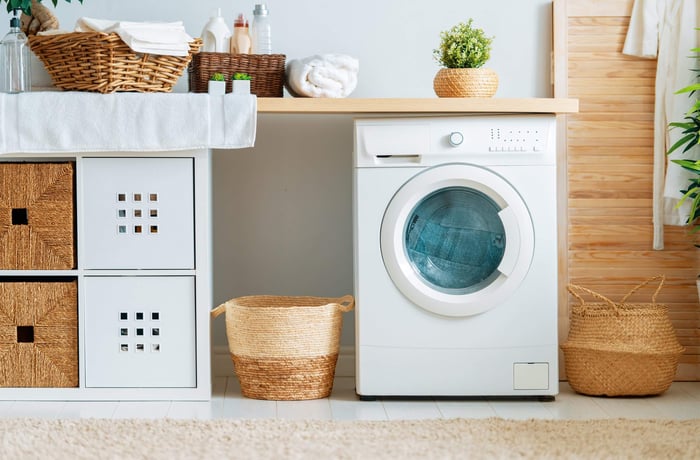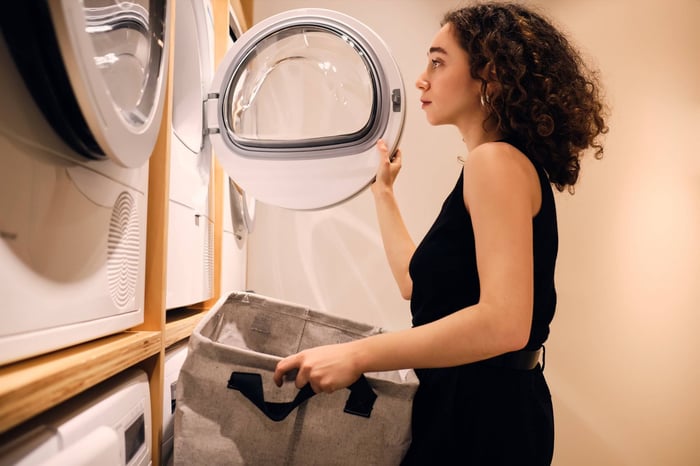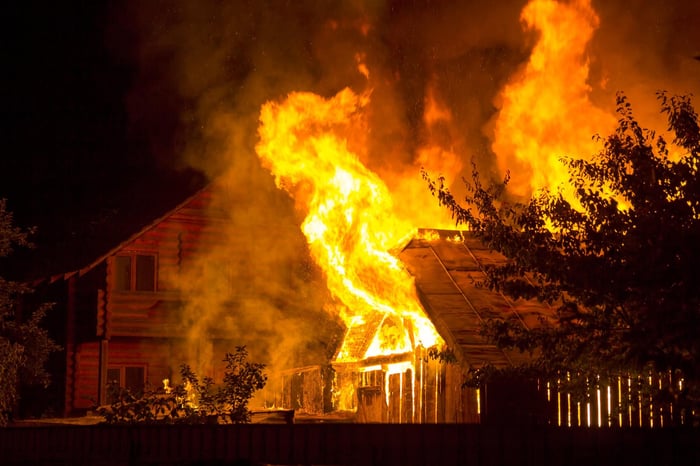Installing a dryer inside your home without external venting is no longer just a workaround for limited spaces. With modern indoor dryer vent systems, homeowners can enjoy cleaner, more efficient, and safer laundry routines—without sacrificing performance.
Traditionally, dryers have required exterior ventilation, but indoor solutions are growing in popularity thanks to improved technology and safety features. From flat-dwellers to homeowners looking to simplify their laundry setup, many are now choosing to install a dryer without vent to outside.
This article explores the benefits of using an indoor laundry vent, highlights trusted products like BetterVent, and explains how to maintain a clean dryer inside for peak efficiency.
Why Choose an Indoor Dryer Vent?
1. Ideal for Homes Without External Access
Many homes, flats, and basement conversions don’t allow for traditional venting options. An inside vent becomes the perfect solution, especially when venting your dryer inside is the only practical choice. You eliminate the need to cut through walls or exterior cladding, which reduces costs and speeds up installation.
2. Save on Energy While Heating Your Home
When you use a dryer vent cover indoor, the warm air released by the dryer stays in the home instead of being expelled outside. This has the added bonus of warming the surrounding room in colder months, helping reduce heating costs. In some cases, the humidity released can benefit homes with overly dry air.
3. Safer Than Ever Before
Older indoor venting solutions posed fire and mold risks due to excess lint and humidity. However, modern systems like the BetterVent indoor dryer vent use multiple filters to trap lint and dust effectively. According to several BetterVent indoor dryer vent reviews, the product consistently ranks as one of the safest and most reliable indoor solutions.
Understanding How Indoor Dryer Vents Work
Indoor dryer vents are designed primarily for electric dryers. While venting gas dryer inside is not recommended due to carbon monoxide risks, electric models present no such hazard when used correctly.
These systems reroute hot air and moisture into the home via a dryer vent cover indoor, typically equipped with a filtration system. Filters capture lint and particles while allowing warm, moist air to exit into the laundry space.
BetterVent Installation Basics
A major benefit of the BetterVent system is its straightforward setup. The BetterVent indoor dryer vent installation requires no special tools or technical skills. Most users can complete the setup in under 30 minutes with just a screwdriver and wall mount.
Steps typically include:
- Mount the BetterVent unit on a wall near your dryer.
- Attach the dryer exhaust hose to the unit.
- Insert the replaceable filters.
Check the air seal and secure all connections.
Maintaining Your Indoor Dryer Vent System
Keeping a clean dryer inside isn’t just about performance—it’s a safety essential. Indoor vent systems collect more lint than outdoor vents, so regular maintenance is critical.
Simple Maintenance Checklist
- Weekly: Check the filter for lint buildup and clean or replace it as needed.
- Monthly: Inspect all hose connections for leaks or blockages.
- Quarterly: Deep clean the interior of the dryer and the full venting system.
Some systems offer indicator lines or built-in alerts when the filter needs cleaning, helping you stay on top of maintenance without guessing.
Common Myths About Drying Indoors
Myth 1: Indoor Vents Make Homes Too Humid
While excess humidity can be a concern, homes with overly dry air during winter months may actually benefit from some added humidity. However, if humidity levels become excessive, you may need to use a dehumidifier in the laundry room to balance things out.
Myth 2: Indoor Vents Are Unsafe
As mentioned earlier, modern systems are significantly safer than early DIY alternatives. Models like BetterVent meet fire safety standards and are designed to work safely with electric dryers. It’s still important, however, to follow usage guidelines and maintenance schedules.
Myth 3: You Can’t Use a Dryer Without Vent to Outside
Thanks to technological advancements, a dryer without vent to outside is now a perfectly viable option for electric models. Many users living in apartments or heritage properties have no access to external walls, making venting your dryer inside the only feasible route.
Choosing the Right Indoor Dryer Vent for Your Home
When shopping for an indoor dryer vent system, keep the following factors in mind:
- Dryer type: Only use indoor vents with electric dryers.
- Filter quality: Multi-layered filters are better at trapping fine particles.
- Ease of maintenance: Look for models that allow easy filter access and replacement.
- Space constraints: Compact systems are ideal for tight laundry rooms or small flats.
- Brand reputation: Trustworthy systems like BetterVent indoor dryer vent consistently receive top marks from users.
Environmental and Cost Benefits
Lower Utility Bills
By redirecting warm air indoors, you reduce reliance on central heating. This makes indoor venting not just efficient, but cost-effective. You’ll also avoid the recurring cost of professional vent cleaning services required for long, external vent ducts.
Reduced Carbon Footprint
Indoor systems eliminate the need for extended ductwork and energy loss through external walls. Less heat escapes your home, and the reduced drying time means lower overall energy consumption.
Final Thoughts
For those looking to install a dryer inside, modern indoor vent systems provide a smart, practical, and safe solution. Whether you’re outfitting a flat, a converted space, or simply want to avoid complex vent installations, these systems deliver on performance, safety, and energy savings.
With proper maintenance and a quality product like BetterVent, you can enjoy efficient drying without the need for external venting.




